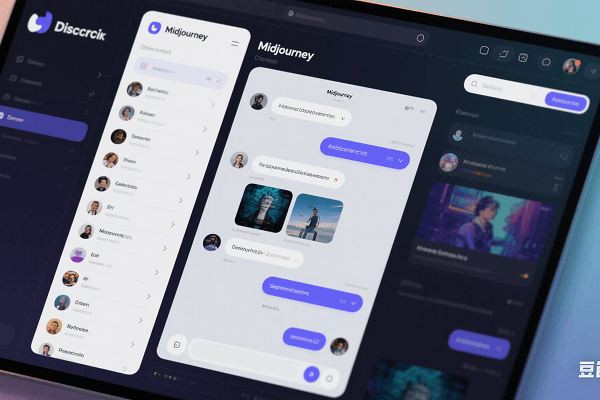In-depth analysis of fingerprint browsers - speech voices browser fingerprint
 2025.07.16 07:59
2025.07.16 07:59 BitBrowser
BitBrowser
??The Stealth Tracker: Unmasking Speech Voices Fingerprint Privacy Risks??
When discussing browser fingerprinting, most people think of IP addresses, cookies, or Canvas fingerprinting. Yet few notice Speech Voices Fingerprinting—a tracking technique based on device text-to-speech (TTS) capabilities that’s becoming a precise tool for identifying users.
I. What is Speech Voices Fingerprinting?
Speech Voices Fingerprinting originates from voice synthesis configurations exposed through the WebSpeech API. Unique combinations emerge from differences in operating systems, browser versions, and language packs:
? ??Language diversity?? – Supported voice types (e.g., English, Chinese, Japanese)
? ??Acoustic characteristics?? – Gender markers (Male/Female/Neutral), accents (American/British), and speech rate parameters
? ??Technical sources?? – OS-preinstalled engines (Windows TTS, macOS Voice Synthesis) combined with browser-extension voice packages
When websites call the navigator.getVoices() interface, they obtain the full TTS voice list. Since users rarely modify voice settings, these parameter combinations function like acoustic DNA for cross-site tracking.
II. Privacy Risks: Why Is It Harder to Block Than Cookies?
Compared to traditional tracking, Speech Voices Fingerprinting poses three unique threats:
1.??High stealth?? – Collects data silently without user permissions (unlike camera/microphone access)
2.??Exceptional stability?? – Voice libraries remain consistent between system updates
3.??Cross-device linking?? – Differences in phone/computer voice configurations create anchors for device-spanning profiling
Testing shows that just ??20 voice parameters?? can distinguish devices with ??89% accuracy??. This explains why users remain identifiable even after clearing cookies or changing IPs.
III. Countermeasures: Bitbrowser’s Defense Framework
Professional tools combat voice fingerprinting through three layered protections:
1.??Dynamic voice masking??
– Automatically reshuffles voice list order on startup
– Injects virtual voice engines
2.??API call interception??
– Rewrites WebSpeech API code to return standardized parameters
3.??Cross-parameter synergy??
– Synchronizes with 30+ variables (OS version, timezone, language settings) to prevent isolated anomalies
IV. Optimized Protection: Bitbrowser’s Technical Edge
After comparative testing, Bitbrowser emerged as the premier solution through three innovations:
??1. Precision voice customization??
?Add/remove voices selectively (e.g., keep Mandarin + English, remove others)
?Simulate unique profiles using ??128 virtual voice models??
??2. Full-chain fingerprint isolation??
???Kernel layer??: Blocks WebRTC/IPv6 leaks to prevent IP exposure
???Rendering layer??: Generates dynamic Canvas/WebGL noise fingerprints
???Behavior layer??: Mimics human interaction delays (±50ms click randomness)
???Environment layer??: Auto-aligns proxy IP geolocation with system timezone
???Speech layer??: Real-time Speech Synthesis API output validation
??3. Enterprise-grade controls??
?Granular team permissions (e.g., restrict voice configuration changes)
?AES-256 encrypted audit logs compliant with GDPR
??Case study??: A marketing team managing 200+ TikTok accounts reduced device-linked bans from ??35% monthly to 0%?? after enabling Bitbrowser’s voice obfuscation and residential IP rotation, achieving a ??1:8.7 tool ROI??.
Conclusion
The rise of Speech Voices Fingerprinting signals a new "multi-fingerprint identification" era in browser tracking. As single-method defenses fail, comprehensive environment simulation becomes essential. Bitbrowser demonstrates leading effectiveness against advanced fingerprints through its coordinated defense system.
??Start free??
Bitbrowser’s free tier offers ??10 preconfigured environments?? for quick compatibility testing. Experience full anti-tracking capabilities at ??→ ?http://2aei6o.cn?




